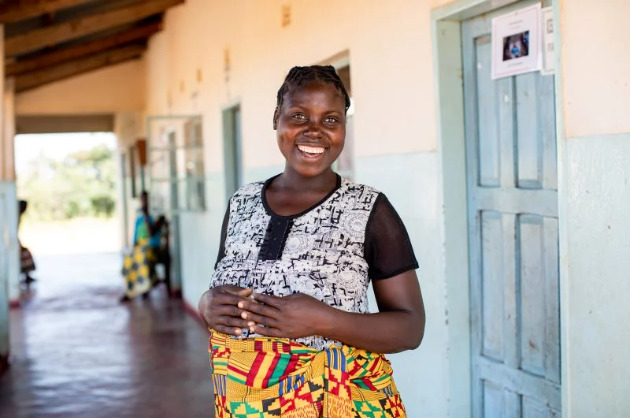Originally published on BJOG: Vulnerable Newborns: multi-country analyses to advance measurement related to preterm births and small-for-gestational age: BJOG: An International Journal of Obstetrics & Gynaecology (wiley.com)
Written by: Prof. Aris Papageorghiou
Each year an estimated 1.9 million babies are stillborn after 28 weeks gestation, while 2.3 million live-born infants perish within the first 28 days of life. Low birthweight (LBW), defined as being below 2500g, has been used for a century as a marker of newborn vulnerability. However, LBW can be due to preterm birth, small for gestational age, or both; hence grouping these distinct phenotypes loses valuable clinical and aetiological understanding.
The Vulnerable Newborn Measurement Collaboration series is one that I am personally delighted to share with our global readership in this special issue. The papers are also the detailed inputs for The Lancet’s Small Vulnerable Newborn series. This global team of over 250 researchers from all major regions have meticulously assessed data from over 170 million births worldwide to describe new phenotypes and generate regional estimates based on birthweight, gestational age, small for gestational age (SGA) versus appropriate for gestational age (AGA), and large for gestational age (LGA) versus AGA. This series examines these phenotypes in detail and their connections to mortality risks, revealing novel findings.
Importantly, measures of vulnerability usually have live births as a denominator, yet stillbirths are affected by the same pathways and should be counted in burden assessments. Better measurement of preterm birth and small gestational age is necessary, but this is hindered by gaps in data coverage and quality. While countries with the highest burden often have the least useable data, some low- and middle-income countries have made notable progress in capturing these outcomes in national data systems, giving a path forward for others.
Identifying vulnerable newborns more accurately allows investment in improving outcomes, and in primary prevention of preterm birth and small for gestational age. All are essential prerequisites to make progress in meeting global goals for newborn and child health. The papers in this collection advance our measurement of vulnerable newborns, their resulting phenotypes and are a major stepping stone in improving our data worldwide.
Read the articles in the series:
- Vulnerable newborn types: Analysis of population-based registries for 165 million births in 23 countries, 2000–2021 – Healthy Newborn Network
- Neonatal mortality risk for vulnerable newborn types in 15 countries using 125.5 million nationwide birth outcome records, 2000–2020 – Healthy Newborn Network
- Vulnerable newborn types: analysis of subnational, population-based birth cohorts for 541 285 live births in 23 countries, 2000–2021 – Healthy Newborn Network
- Neonatal mortality risk of vulnerable newborns: A descriptive analysis of subnational, population-based birth cohorts for 238 143 live births in low- and middle-income settings from 2000 to 2017 – Healthy Newborn Network
